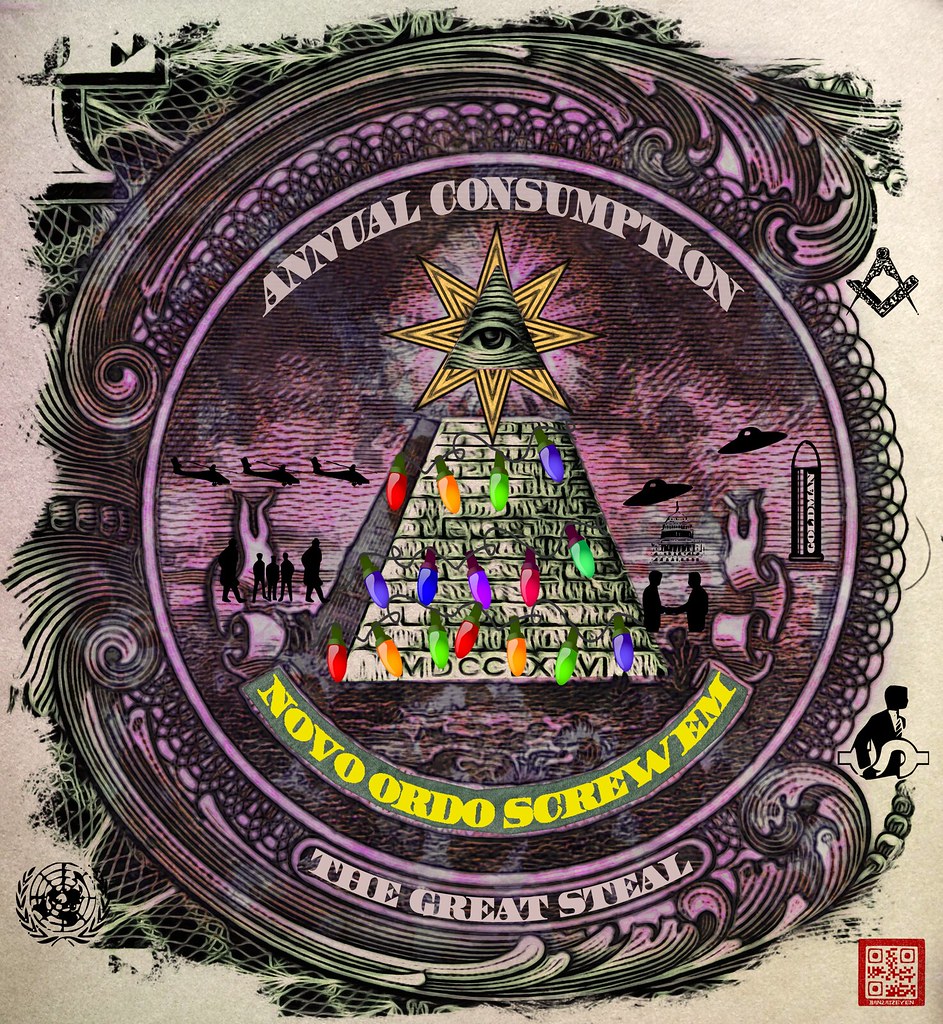Despite the world of mainstream media pundits proclaiming the US is recovering nicely and that a taper is priced in (and the warning that the 5Y auction gave this morning that it's not), markets are already reacting violently to the Fed's decision to announce a small 'taper' (and more dovish forward guidance)…
- *FED TAPERS QE TO $75 BLN MONTHLY PACE, STARTING IN JANUARY
- *FED SAYS `FURTHER MEASURED STEPS' POSSIBLE ON TAPERING
- *FED: EXCEPTIONALLY LOW RATES UNTIL JOBLESS FALLS WELL PAST 6.5%
We now leave it to Ben and his final press conference to explain his decision… and, of course, make sure everyone remembers "QE is for Main Street", 'tapering is not tightening' (despite Jim Bullard telling us it is), and just how effective 'forward guidance' is.
Pre-FOMC: S&P Fut 1771 (spiked pre-FOMC), 5Y 1.55%, 10Y 2.875%, VIX 16.5%, Gold $1236 (which was spiking pre-FOMC), EUR 1.376
Full red-line to follow…
As a reminder, here are the 4 reasons why the Fed was cornered into tapering… as we have noted numerous times before; the "taper" is all about economic cover for a forced move the Fed has to make:
1. Deficits are shrinking and the Fed has less and less room for its buying
2. Under the surface, various non-mainstream technicalities are breaking in the markets due to the size of the Fed's position (repo markets, bond specialness, and fail-to-delivers among them).
3. Sentiment is critical; if the public starts to believe (as Kyle Bass warned) that the central bank is monetizing the government's debt (which it clearly is), then the game accelerates away from them very quickly – and we suspect they fear we are close to that tipping point
4. The rest of the world is not happy. As Canada just noted, the US monetary policy will be discussed at the G-20
Simply put, they were cornered and needed to Taper sooner rather later…
and as Jim Bullard previously noted,
“Financial market reaction to the June and September FOMC meetings provides sharp evidence that changes in the expected pace of asset purchases have conventional monetary policy effects.
Using the pace of purchases as the policy instrument is just as effective as normal monetary policy actions would be in normal times”
Or – in other words:
Tapering Is Tightening
And as BAML noted previously, forward guidance is ineffective as,
…policy makers are finding it harder to convince markets that central bankers have more insight into the future course of the economy and policy than they actually do. Meanwhile, markets are learning that it can be painful to rely too heavily on forward guidance when the risk/reward of being long fixed income is asymmetrical when close to the zero lower bound.
Full Statement redline below:
![]()
via Zero Hedge http://feedproxy.google.com/~r/zerohedge/feed/~3/cPjabKT6hnM/story01.htm Tyler Durden
















